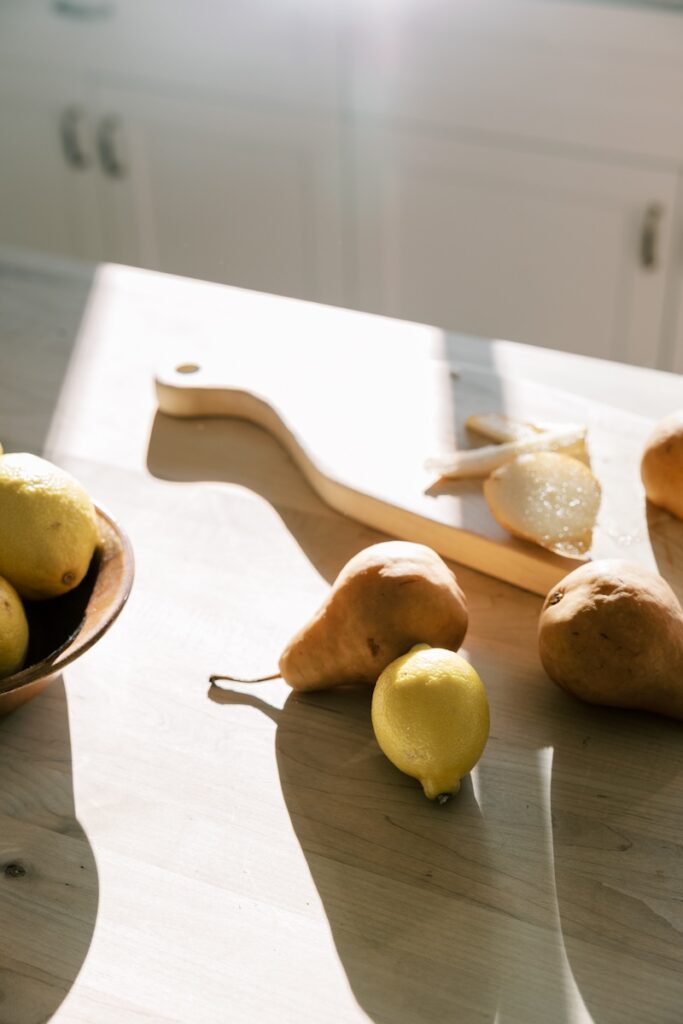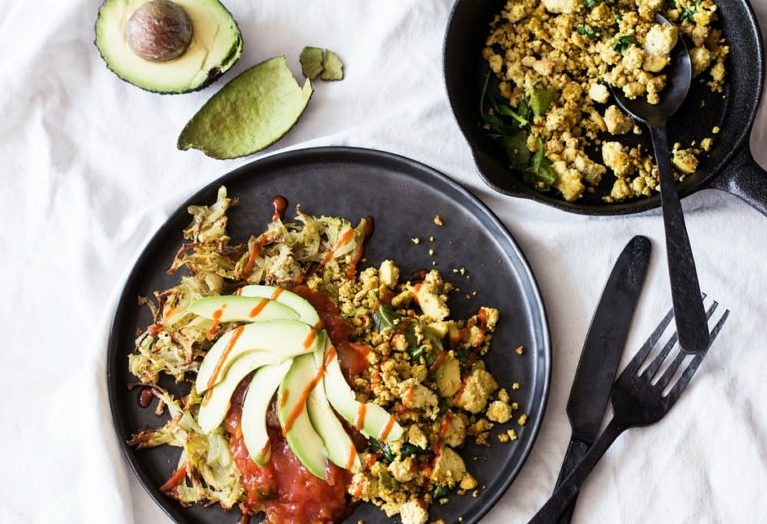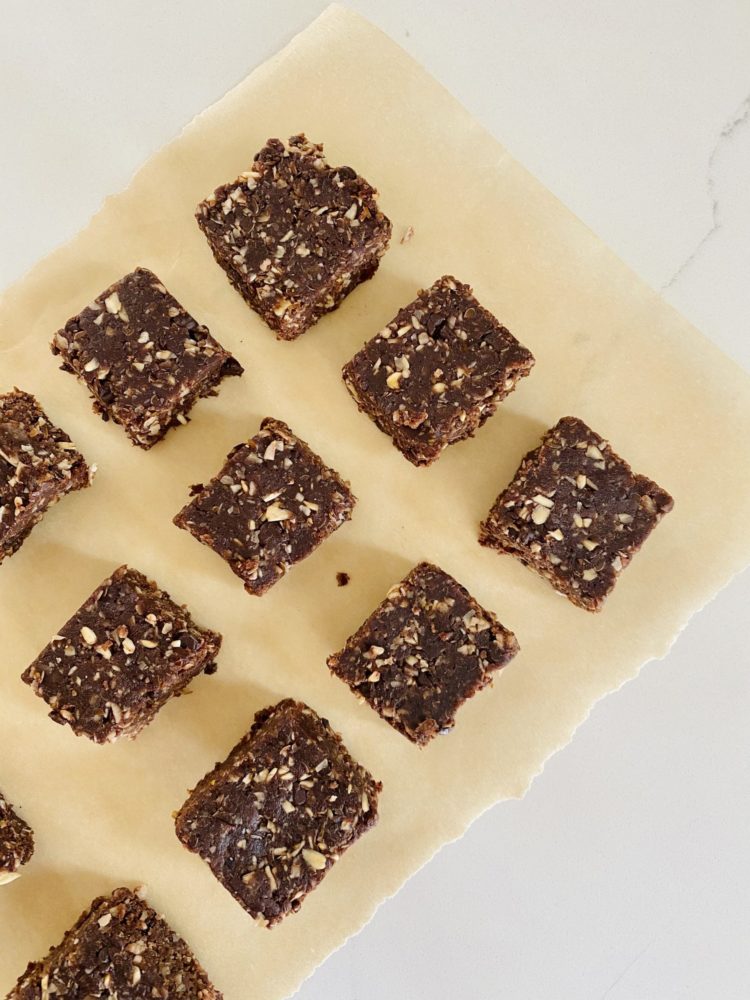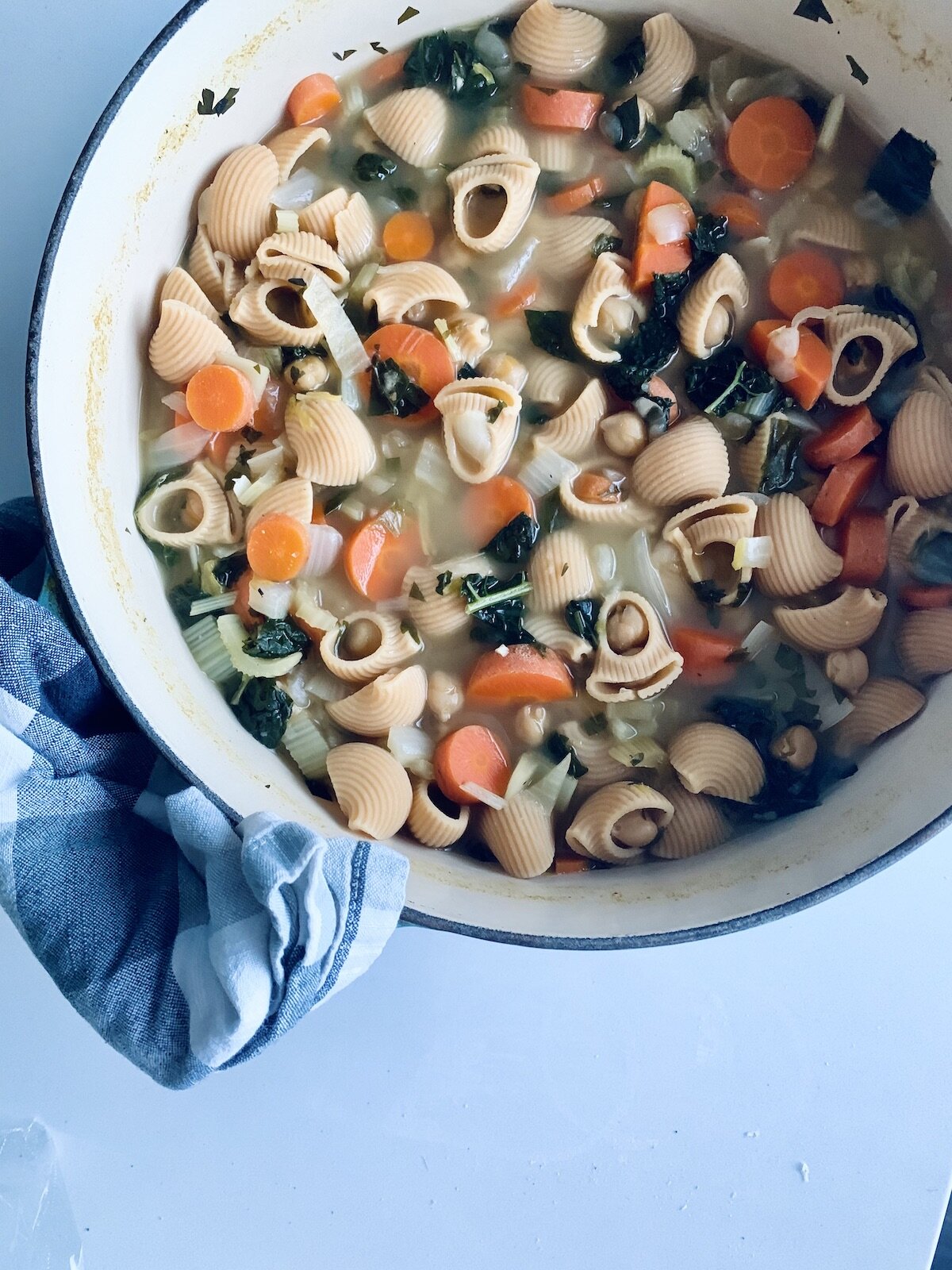If you’ve ever felt bloated, sluggish, or like your digestion just isn’t working the way it should, you’re not alone. Fiber for women is so important, and getting enough can make a huge difference in how you feel every day.
Fiber is a quiet hero in the world of nutrition. It helps regulate digestion, supports heart health, balances blood sugar, and even plays a role in hormone health. For plant-based women, understanding fiber is key to unlocking many of the benefits of plant-based eating.
Today, let’s break down why fiber matters, how much you need, and how to get it in delicious ways.

What is Fiber and Why Does It Matter?
Fiber is the part of plant foods your body can’t fully digest, and that’s exactly what makes it so beneficial. There are two main types:
- Soluble fiber: Absorbs water and forms a gel in your digestive tract. It helps lower cholesterol and stabilize blood sugar. You’ll find it in foods like oats, beans, apples, and chia seeds.
- Insoluble fiber: Adds bulk to your stool and helps keep things moving through your digestive system. It’s found in vegetables, whole grains, and nuts.
Benefits of fiber for women include:
- Digestive health: Prevents constipation and keeps things regular.
- Blood sugar balance: Helps you avoid energy crashes and mood dips.
- Heart health: Supports healthy cholesterol levels.
- Hormone balance: Fiber helps your body eliminate excess estrogen, which may support a healthy menstrual cycle.
If you want to learn more about the broad benefits of a plant-based lifestyle, check out my post on the benefits of plant-based eating.
How Much Fiber Do Women Need?
The recommended daily fiber intake for adult women is about 25–30 grams per day, yet most women in the U.S. get less than half that amount. And many experts recommend even more… closer to 40 grams per day!
The good news: if you’re eating a plant-based diet, you’re already on the right track because plants are the only source of fiber. But even plant-based women can fall short if their meals rely heavily on ultra-processed foods that tend to have their fiber removed.
Signs You Might Not Be Getting Enough Fiber
If you’re low on fiber, your body will likely let you know. Common signs include:
- Irregularity or constipation
- Feeling hungry soon after meals
- Energy dips between meals
- Bloating or discomfort after high-fiber meals (from sudden increases)
Best High-Fiber Plant-Based Foods for Women
Here are some of the best fiber-rich foods to include in your daily meals:
1. Beans & Lentils
- Chickpeas, black beans, lentils
- ~7–9g per ½ cup
2. Whole Grains
- Oats, quinoa, farro, whole wheat pasta
- ~3–5g per ½ cup cooked
3. Fruits
- Berries, pears, apples (with skin)
- ~3–5g per serving
4. Vegetables
- Broccoli, Brussels sprouts, carrots
- ~2–5g per cup
5. Nuts & Seeds
- Chia, flax, almonds
- ~3–5g per serving
Practical Ways to Get More Fiber on a Plant-Based Diet
Boosting your fiber doesn’t have to be complicated. Try these simple, realistic strategies:
- Start your day with fiber: Overnight oats, chia pudding, or a smoothie with spinach and flax seeds.
- Swap refined for whole: Choose whole wheat bread, brown rice, or quinoa over white versions.
- Add beans to everything: Salads, soups, tacos, and even pasta dishes.
- Snack smart: Fresh fruit with nut butter, roasted chickpeas, or popcorn.
- Sprinkle seeds: Flax, chia, or hemp on oatmeal, salads, or smoothies.
Tips to Feel Your Best as You Increase Fiber
Increasing fiber too drastically can cause discomfort. Try these things to ease in to a high-fiber diet:
- Start slowly! Add 1-2 fiber-rich foods per day
- Drink plenty of water. Aim for at least 8 cups per day
- Move your body. A 15-30 min daily walk can decrease bloating and improve motility
- Eat slowly and chew well. Help your gut break down fiber foods
- Be mindful of beans. Start with ¼-½ cup portions, and build from there
- Stick with it, your gut will adapt! Most people feel better within days or weeks of increasing fiber
Fiber and Gut Health: A Quick Look
Your gut is home to trillions of microbes that thrive on prebiotic fiber—the type of fiber that feeds your healthy gut bacteria. A thriving microbiome supports digestion, immune function, and even hormone balance.
Adding a variety of plant foods to your diet is the best way to keep your gut (and your whole body) feeling great.
Key Takeaways
- Fiber is essential for digestion, heart health, blood sugar balance, and hormone support.
- Most women need at least 25–30 grams per day, but most fall short.
- A variety of plant-based foods like beans, whole grains, fruits, vegetables, nuts, and seeds make it easy to meet your goals.
- Increase fiber gradually, drink water, and keep meals diverse for the best results.
Take the Next Step Toward Plant-Based Confidence
Getting enough fiber is just one piece of the plant-based puzzle. If you’re ready to build balanced meals, meet your nutrient needs, and feel confident in your plant-based lifestyle, my Plant-based Starter Guide will show you exactly how to do it.
It’s the same guidance I give my private clients—made simple, actionable, and beginner-friendly.


